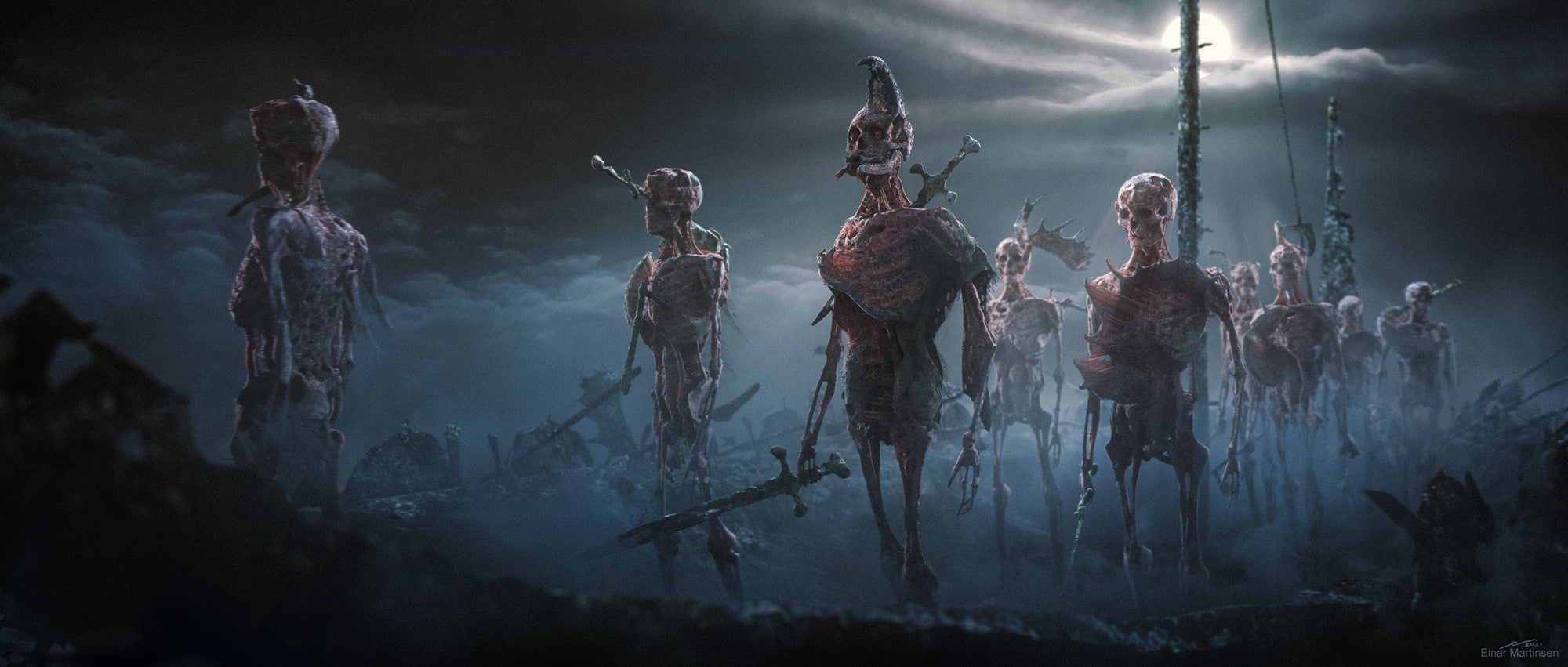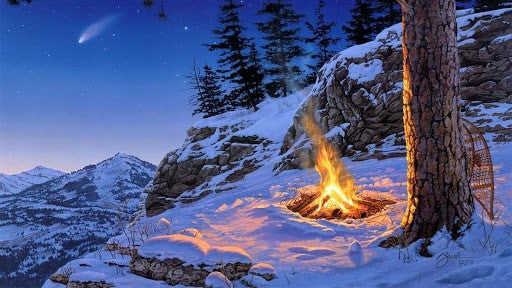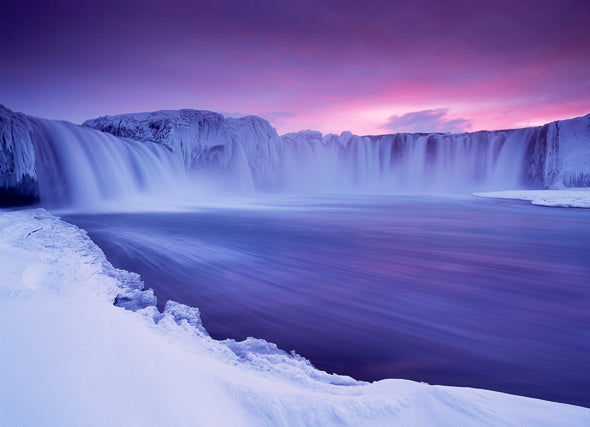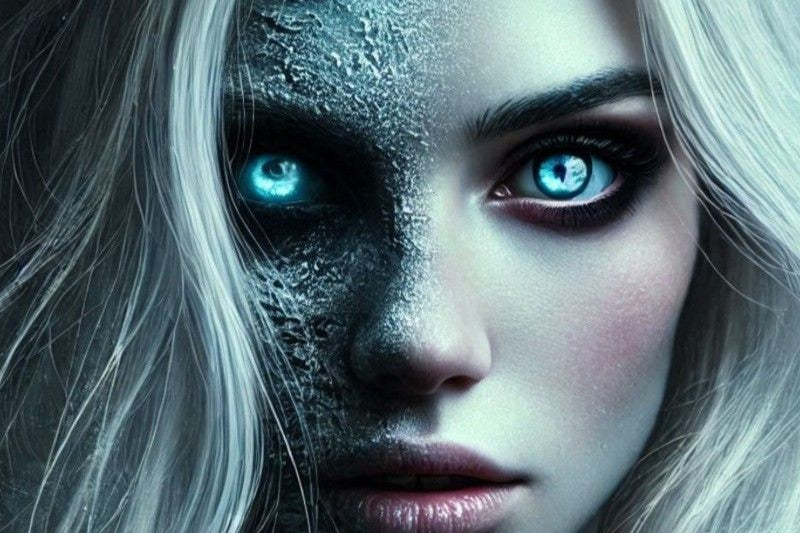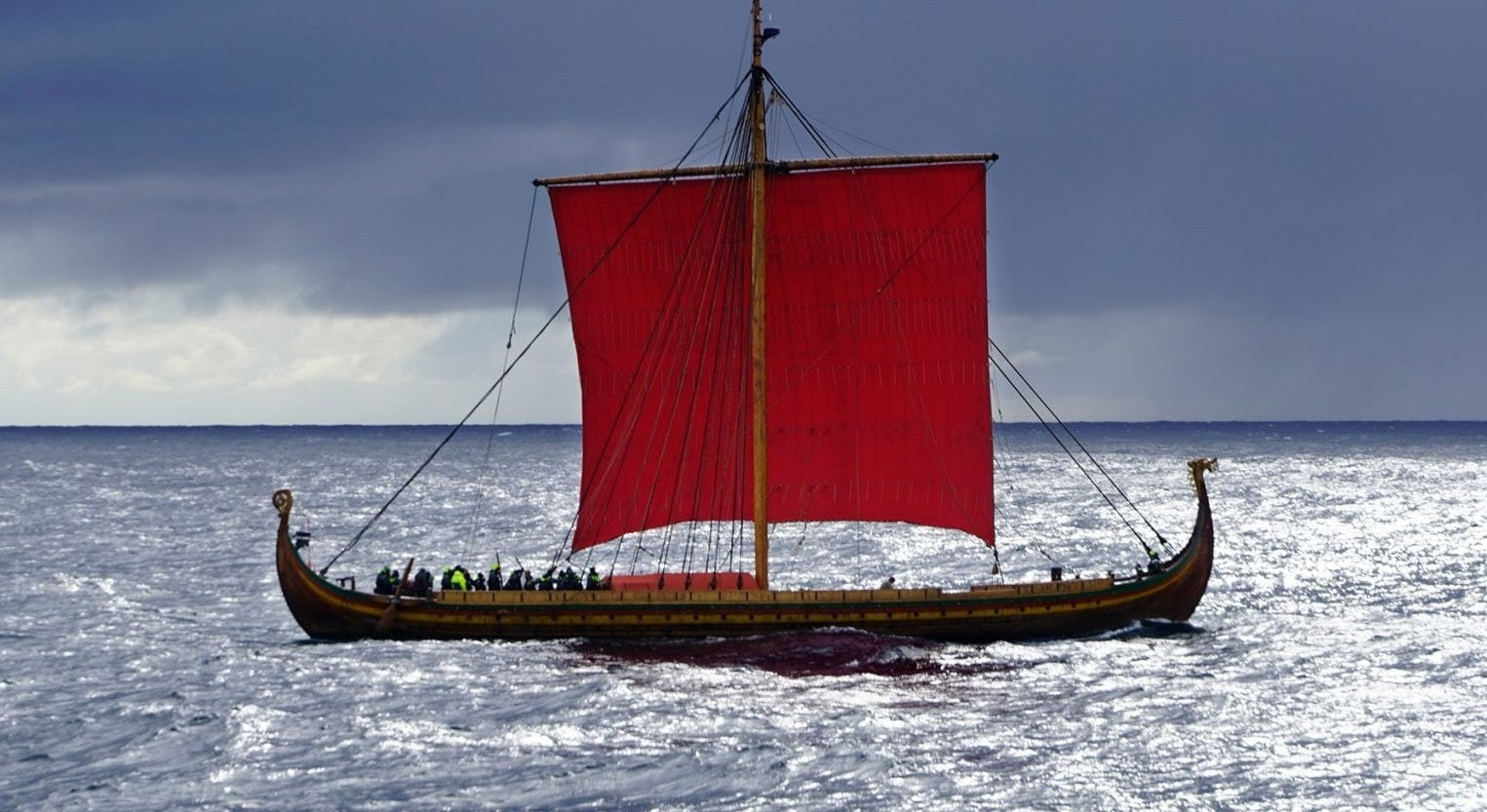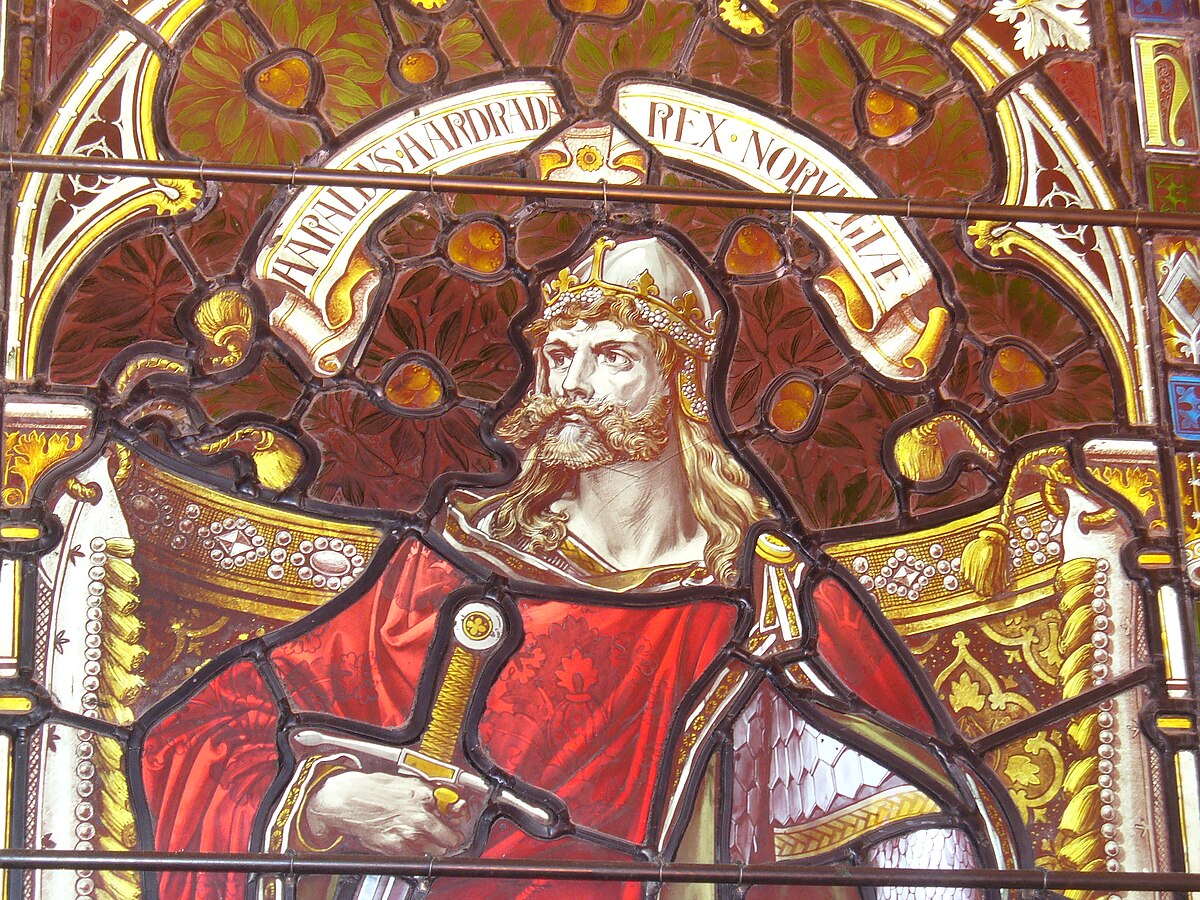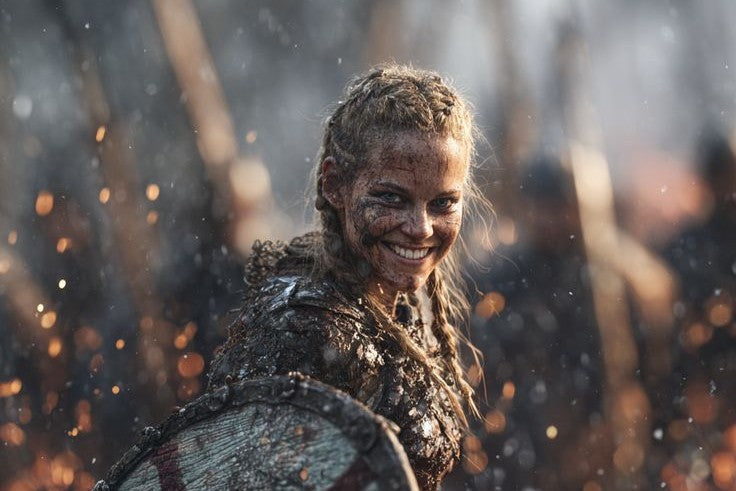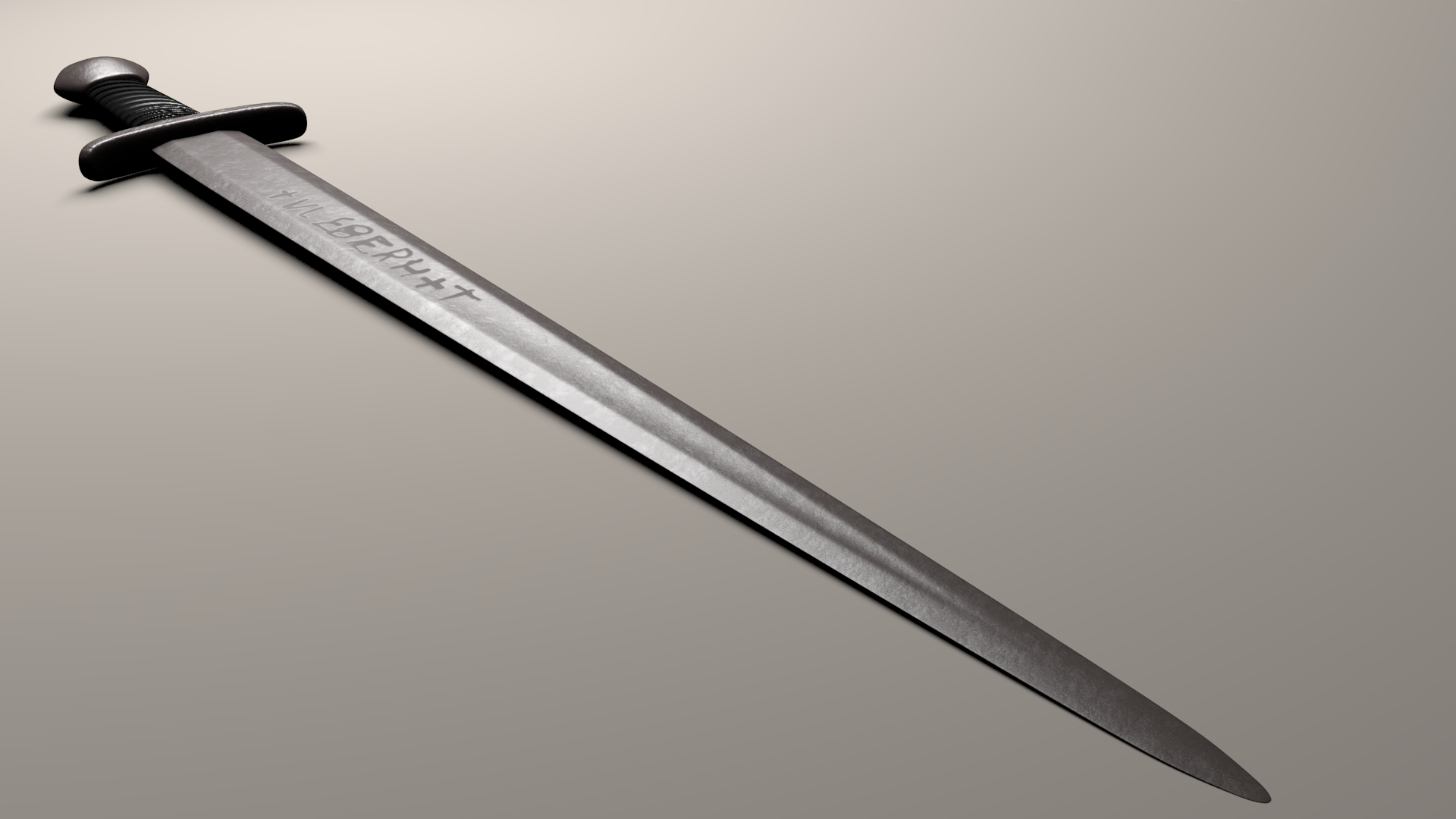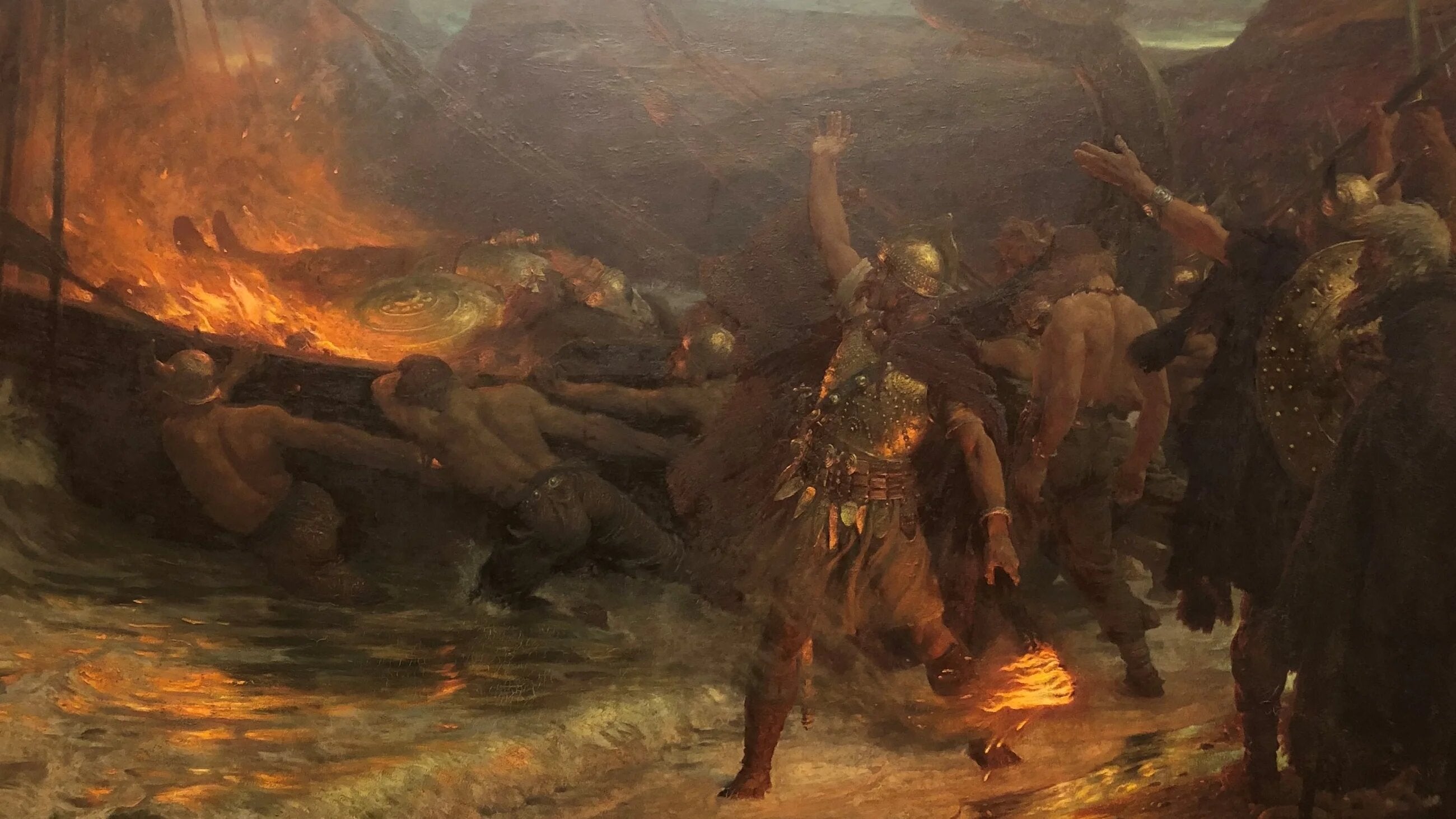
- Aesir
- afterlife
- ancestor
- archeology
- asatro
- asatru
- asgard
- blót
- burial
- Chieftain
- family
- Helheim
- history
- Jarl
- living dead
- norse
- Norse legends
- Norse Mythology
- pagan
- paganism
- slave
- temple
- undead
- Uppsala
- valknut
- viking
- Viking afterlife
- Viking funeral
- Viking myths



